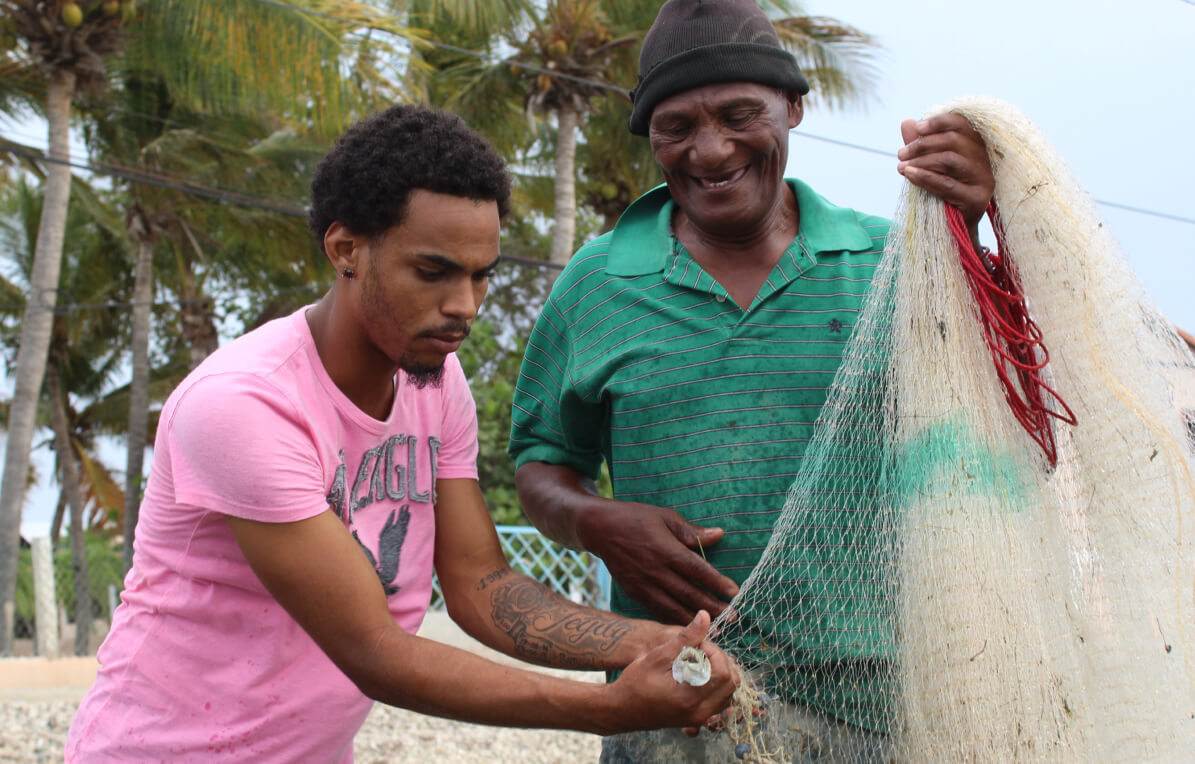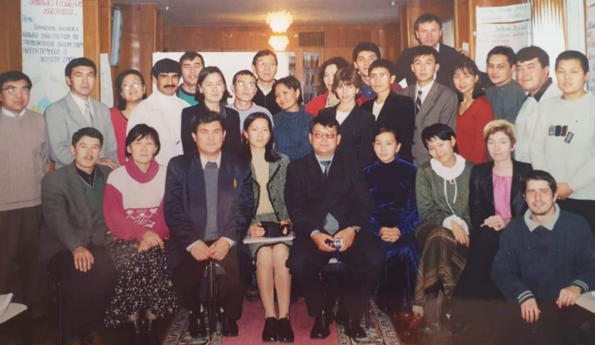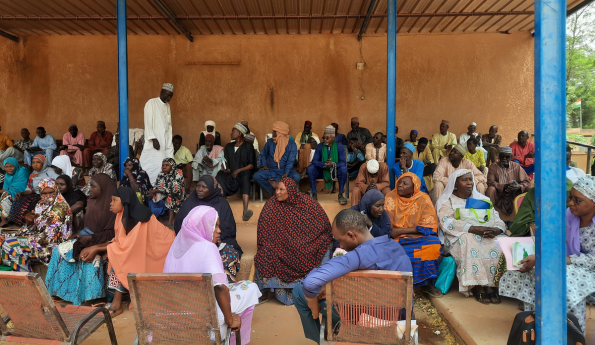By: Teresa Crawford, Social Sector Accelerator
One of the values that underpins the work of the Accelerator is placing a priority on evidence. If we are going to invest in something we want to have a sense of how much impact it will have. We also want to consider if an alternative investment would pay off in a bigger way.
In 2014 , our parent organization, Counterpart, embarked on a journey to improve their understanding of the impacts of the organizational strengthening services and coaching they provide to nonprofits around the world. In any given year Counterpart’s teams in 30 countries are coaching upwards of 2,500 organizations who range from informal community based groups to some of the leading non-governmental organizations in their countries.
Counterpart wanted to know, is it possible to effectively measure the impact such “capacity building” services have? Do these services truly lead to a “Capacity Dividend” – accelerating nonprofits’ ability to pursue their purpose? If so, what approaches lead to the greatest impact and under what conditions?
To get at these questions Counterpart conducts a biennial survey with the organizations it has provided services. While the data these surveys has generated supports the notion that capacity building is a smart business decision, it is not enough to truly evaluate impact. In addition to strengthening its own internal learning capacity and gathering regular feedback from the groups they support, Counterpart tasked us in the Social Sector Accelerator – Counterpart’s innovation arm – to “learn out loud” with our peer intermediaries and foundations in the Grantmakers for Effective Organizations community.
As a first step we partnered with IO Sustainability last year to conduct a landscape analysis of existing research on the impacts of capacity building on organizational strength and social impact. We reviewed research from nearly 60 academic, think-tank, and thought leader sources published after 1990. We also interviewed 11 leading practitioners from both grant-makers and capacity building service providers. The research was not limited to those sources that explicitly reference “capacity building,” but also included any materials related to strategies for strengthening non-profit organizations. As part of the research we held formal and informal discussions at the 2016 GEO Conference and at Opportunity Collaboration. We held a brownbag in DC and a webinar with GEO members.

What we’ve learned is that the existing research, both anecdotally and qualitatively, largely supports the notion that organizations that receive capacity building support can achieve greater social impact. Beyond organizational strengthening, five studies provided findings on the social impact of capacity building. In four of the studies, these outcomes are not quantified. Instead the studies make an assumption that if organizations report improved effectiveness, then it is likely that they have enhanced their mission-related impacts. The fifth study looked at capacity building for Australian nonprofits working on improving farming and agricultural processes, where the goal of the interventions was to improve their R&D capacity. The results, over a three-year period, estimated $150M in economic and social benefits vs. $20M in capacity building program costs. These studies provide promising insights into how we might structure programs to better measure both organizational strengthen and mission impacts.
Unfortunately, on the whole, the review unearthed a lack of robust empirical research linking capacity building support with improvements in measures of organizational effectiveness, and even less research linking capacity building with greater social impact. We know Counterpart and other donors, foundations and non-profits need stronger evidence that investments in capacity building – instead of or in addition to – other forms of support pays off.
The landscape analysis suggests that the question is not whether certain types of capacity building are better or worse than others. Rather, the question grant-makers and nonprofits should ask is what kinds of capacity building will achieve the desired outcomes and optimize mission-related impacts.
We are taking what we’ve learned and applying it to our work. Next month we are starting work developing capacity building program options for a healthcare foundation. Each program option will include suggestions for how the foundation and their grantees can generate evidence of both organizational and mission impacts. We are also thinking about new ways to systematically measure the impact of our own capacity building efforts. More on this to come, but let’s just say it has something to do with comparing ourselves to cash.
In the spirit of sharing you can find more on our Capacity Dividend research here:
- GEO Funders webinar on the Capacity Dividend research
- Presentation slides
- Bibliography with links and summaries of studies we reviewed
If you will be at the GEO Funders Learning conference in Chicago in May and want to geek out over organizational strengthening and impact let me know.




